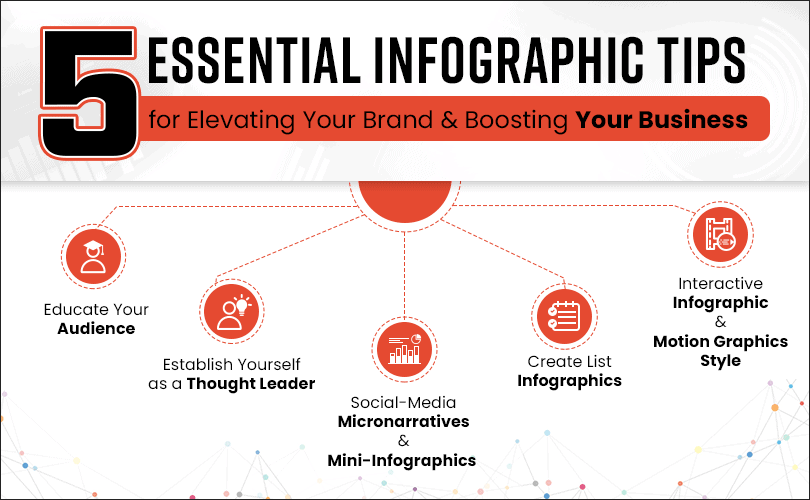Unlock the secrets to skyrocketing your beauty business with SEO tactics that will take your brand to new heights!

Image courtesy of Pixabay via Pexels
Table of Contents
Welcome to our comprehensive guide on how to boost your beauty business using Search Engine Optimization (SEO). In today’s increasingly digital world, having a strong online presence is crucial for the success of any beauty business. By implementing effective SEO strategies, you can improve your website’s visibility and attract more potential clients to your services. In this guide, we’ll walk you through the essential steps and best practices to optimize your beauty business for search engines. Let’s dive in!
Understanding the Power of SEO in the Beauty Industry
Before we delve into the specifics of SEO for your beauty business, let’s first understand why it is crucial and how it can benefit you. SEO improves your website’s visibility on search engines such as Google, making it more likely for your target audience to find you when they search for specific beauty services or products. By ranking higher in search results, you can drive organic (unpaid) traffic to your website, increase brand exposure, and ultimately boost your customer base. Moreover, an effective SEO strategy can help you stay ahead of your competitors in the beauty industry.
Keyword Research: The Foundation of SEO
Keyword research is the first step in optimizing your beauty business’s website for search engines. It involves identifying the keywords and phrases related to your beauty niche that potential clients are likely to search for. By incorporating these keywords strategically into your website content, you can increase the chances of ranking higher in relevant search queries.
Start by brainstorming the keywords that are relevant to your specific beauty services. For example, if you run a nail salon, some potential keywords could be “nail salon near me,” “manicure services,” or “gel nail extensions.” Use keyword research tools like Google Keyword Planner or SEMrush to discover additional keywords that have decent search volumes and low competition.
Once you have a list of keywords, strategically place them in your website’s meta tags, headings, page titles, and content. However, it’s essential to maintain a natural flow and avoid keyword stuffing, as search engines penalize websites that do so.
Creating Engaging and Informative Content
Beauty clients are always looking for helpful information, tips, and trends related to their beauty needs. By creating engaging and informative content on your website, you can not only attract organic traffic but also establish yourself as an authority in the beauty industry.
Consider starting a beauty blog or resource section on your website, where you can share expert advice, beauty tips, product reviews, and industry news. For example, if you have a hair salon, you could create blog posts on topics like “Top Hairstyles for Summer” or “Tips for Maintaining Healthy Hair.” Make sure to incorporate relevant keywords naturally within your content to improve your SEO efforts.
In addition to written content, consider incorporating visual elements such as images and videos. Beauty is a visual industry, and high-quality visuals can captivate your audience and encourage them to explore your website further.
Optimizing Your Website’s Technical Structure
Aside from content, the technical structure of your website plays a crucial role in SEO. Here are some key technical aspects to optimize:
Page Load Speed:
Page load speed is a critical factor in both user experience and SEO. Ensure that your website loads quickly on both desktop and mobile devices. You can optimize your website’s load speed by compressing images, minifying CSS and JavaScript files, and leveraging browser caching.
Mobile-Friendliness:
With the majority of internet users accessing websites through mobile devices, it’s essential to have a mobile-friendly website. Google prioritizes mobile-friendly websites in search results. Test your website’s mobile-friendliness using tools like Google’s Mobile-Friendly Test and make necessary adjustments to ensure seamless mobile browsing for your potential clients.
URL Structure:
Keep your website’s URLs simple, descriptive, and keyword-rich. For example, instead of using a generic URL like “www.yourbeautysalon.com/page123,” use a more descriptive and keyword-optimized URL like “www.yourbeautysalon.com/nail-services.” This helps search engines understand the content of your web pages more easily and improves your SEO.
Optimizing Your Beauty Business for Local SEO
Local SEO focuses on optimizing your website to rank higher in local search results. For beauty businesses that predominantly serve a local clientele, such as hair salons or nail salons, local SEO can be a game-changer.
Google My Business (GMB) Listing Optimization
Creating and optimizing your Google My Business (GMB) listing is crucial for local SEO. Ensure that your listing includes accurate and up-to-date information such as your business name, address, phone number, and website. Choose the most relevant categories for your beauty business, add high-quality images, and encourage your clients to leave positive reviews on your GMB listing.
Local Citations and Directories
Build local citations (mentions of your business name, address, and phone number) on reputable online directories such as Yelp, Yellow Pages, or local Chamber of Commerce websites. Ensure that your information is consistent across all directories, as consistency is a crucial factor in local SEO.
Online Reviews and Reputation Management
Encourage your clients to leave reviews for your beauty business on platforms like Google or Yelp. Positive online reviews not only improve your credibility but also influence potential clients’ decisions. Monitor and respond to both positive and negative reviews promptly to show that you value your customers’ feedback and are committed to providing exceptional service.
Optimizing Your Beauty Business for Paid Advertising
In addition to SEO, paid advertising is another effective way to boost your beauty business online. Here are some tips to optimize your paid advertising campaigns:

Image courtesy of www.cibirix.com via Google Images
Targeted Audience:
Define your target audience based on demographics, interests, and location. For example, if you offer microblading services, your target audience might be women aged 25-45 interested in beauty and skincare, residing in your city or region.
Compelling Ad Copy:
Create compelling and concise ad copy that highlights the unique selling points of your beauty business and encourages users to take action. Incorporate relevant keywords to ensure your ads are displayed to the right audience.
Landing Page Optimization:
When running paid advertising campaigns, ensure that the landing page your audience lands on after clicking the ad is relevant, informative, and aligned with the ad’s message. Optimize your landing page with relevant keywords, compelling visuals, and clear call-to-action.
Analyzing and Adjusting:
Regularly analyze the performance of your paid advertising campaigns and make necessary adjustments. Monitor metrics such as click-through rates (CTR), conversion rates, and return on investment (ROI) to optimize your campaigns and maximize results.
Book Now For a Free Consultation
Conclusion
Implementing a well-rounded SEO strategy can significantly boost your beauty business by increasing your online visibility, driving organic traffic, and attracting potential clients. By understanding the power of keywords, creating engaging content, optimizing your website’s technical structure, and leveraging local SEO and paid advertising, you can stay ahead of the competition and achieve long-term success in the beauty industry. Get started with these SEO best practices today and watch your beauty business thrive!